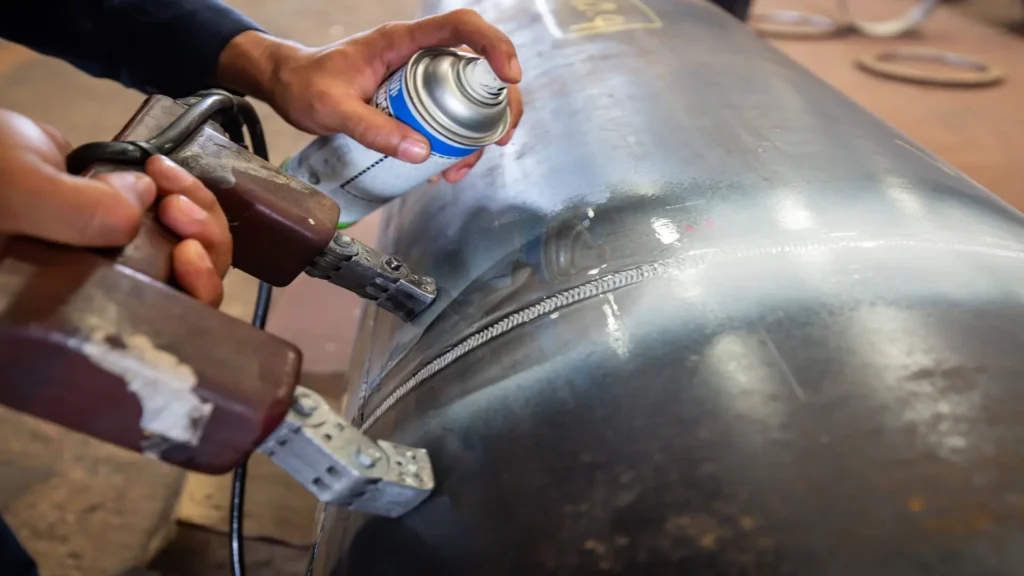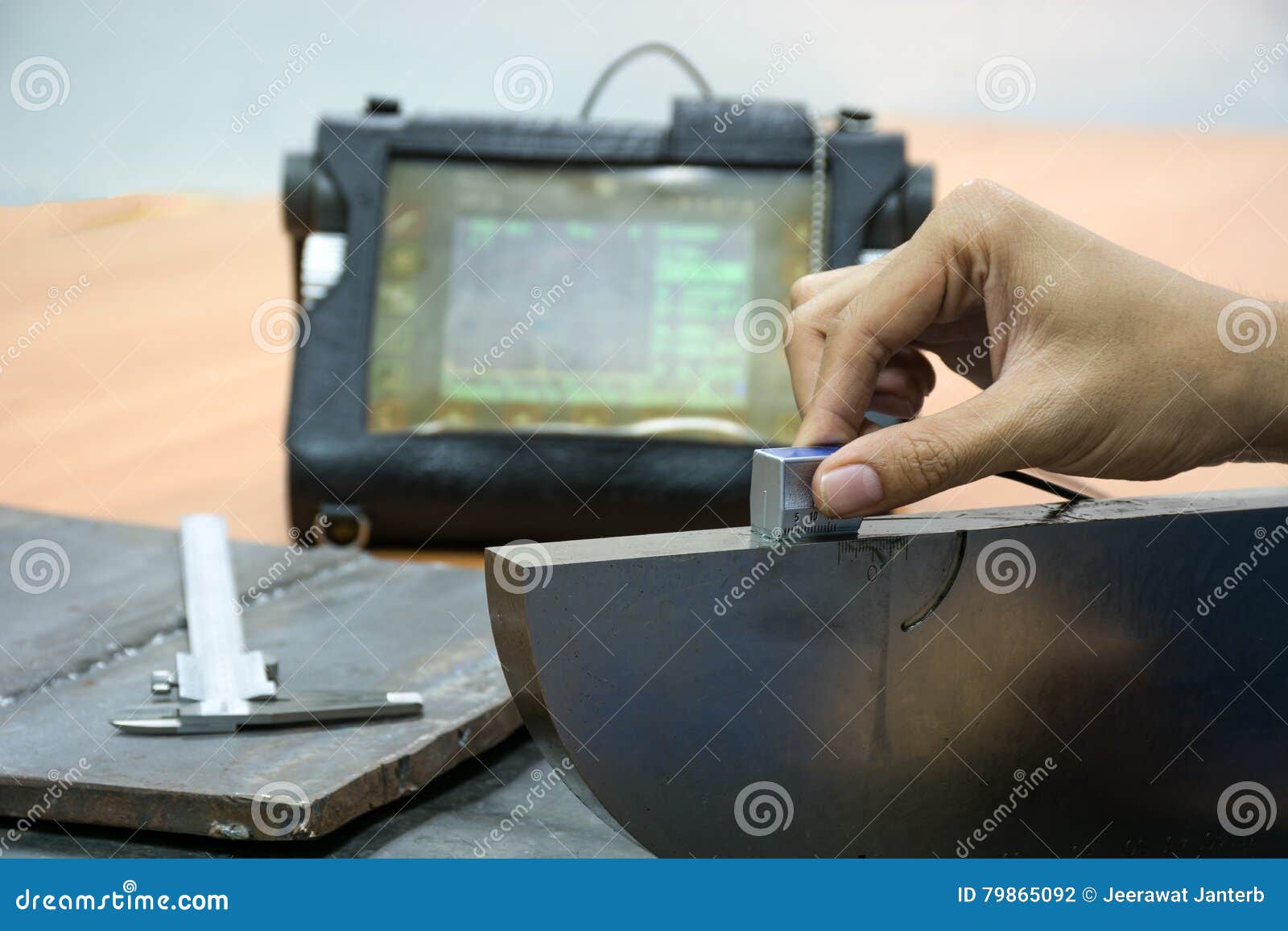A Comprehensive Overview to Welding Inspection Madison Criteria
A Comprehensive Overview to Welding Inspection Madison Criteria
Blog Article
Exactly How Reliable Welding Examination Boosts Architectural Integrity and Longevity
In the realm of building and construction and design, the significance of welding inspection can not be overemphasized, as it plays an essential function in ensuring architectural integrity and extending the life expectancy of projects. Sign up with the exploration of just how efficient welding inspections can transform possible vulnerabilities into staminas, adding to the long-lasting success of buildings.
Importance of Welding Examination
Guaranteeing the structural integrity and safety of welded constructions mandates rigorous welding inspection procedures. Welding examination offers as a critical guard in the building and construction and production sectors, where the stamina and toughness of joints substantially affect the general performance of frameworks.
In enhancement to safety and security, welding inspection plays a vital function in quality control. By sticking to fixed requirements, examinations identify the consistency of welds, making certain that each satisfies the wanted toughness and visual demands. This consistency is essential not only for safety and security yet likewise for maintaining the reputation and integrity of contractors and manufacturers. Regulatory conformity is a significant vehicle driver of welding evaluation techniques. Industry criteria and codes, such as those from the American Welding Society (AWS) or the International Company for Standardization (ISO), necessitate adherence to stringent standards, highlighting the relevance of assessments in meeting these legal and specialist commitments.
Key Examination Techniques

Ultrasonic Evaluating (UT) utilizes high-frequency sound waves to find subsurface imperfections, using exact information regarding weld integrity without triggering any type of damages. Radiographic Testing (RT), including X-rays or gamma rays, gives a detailed picture of the weld's inner framework, revealing covert flaws. Magnetic Fragment Evaluating (MPT) is another non-destructive technique, especially reliable for spotting surface and near-surface stoppages in ferromagnetic products.
Penetrant Screening (PT) involves the application of a liquid color to reveal surface-breaking defects, offering a straightforward and affordable option for non-porous products. Each method has its certain applications, staminas, and restrictions, and typically a combination of techniques is employed to achieve comprehensive inspection results. Proficiency of these strategies boosts the integrity and durability of bonded frameworks, lining up with security and performance assumptions.
Identifying Common Issues

Porosity, defined by gas pockets within the weld, minimizes the weld's toughness and sturdiness. Fractures, which can take place throughout or after welding, pose considerable threats due to their possible to circulate under stress.
Incomplete combination, where the weld steel falls short to bond entirely with the base product, undermines the structural stability, causing weak joints. This flaw normally comes from insufficient heat input or improper welding strategy. Slag incorporations happen when non-metallic materials are caught in the weld, jeopardizing its strength and top quality. These are frequently a result of insufficient cleansing between weld passes or incorrect change use.
Determining these issues through precise assessment approaches, such as aesthetic assessment, ultrasonic testing, or radiography, is important. Attending to these issues guarantees weld quality, inevitably sustaining the structural honesty and safety and security of the developed atmosphere.

Enhancing Architectural Performance
Recognizing the relevance of identifying common weld issues normally results in discovering techniques for boosting structural efficiency. The fundamental method for boosting performance involves using sophisticated welding strategies and materials that alleviate defect incident. Making use of premium filler products and making sure proper warm control can considerably reduce problems such as porosity and fracturing, thereby improving the weld's honesty.
Integrating modern welding technologies, such as laser welding and friction go mix welding, further enhances architectural strength. These techniques use premium precision and decreased thermal distortion, directly affecting the longevity and strength of the welded structures. Additionally, taking on automated welding systems can ensure repeatable and constant weld top quality, decreasing human error.
In addition, implementing rigorous pre-weld and post-weld treatments is crucial. Proper joint layout, surface preparation, and stress-relieving procedures add to optimum weld efficiency. Carrying out detailed pre-weld inspections allows for very early discovery of prospective problems, helping with timely corrections before they endanger the framework.
Long-lasting Benefits of Assessment

Through attentive evaluation techniques, the long-term benefits to structural integrity ended up being progressively apparent. Thorough and constant welding examinations play an important duty in preventing architectural failings by determining disparities and defects early in the construction procedure. This positive approach ensures that prospective problems are attended to prior to they can endanger the safety and resilience of structures. By catching defects early, costly fixings and downtime are decreased, eventually extending the life expectancy of the framework.
Furthermore, normal inspections add to maintaining conformity with industry requirements and policies, therefore preventing monetary and lawful effects. This adherence to top quality guarantee not only improves the integrity of the structure yet additionally fosters trust amongst stakeholders, consisting of clients, engineers, and governing bodies. The detailed documents of inspection results works as a valuable resource for future upkeep and repair service efforts, facilitating educated decision-making.
In enhancement, reliable inspection techniques sustain technology by including sophisticated modern technologies such as non-destructive testing and digital imaging, which can enhance accuracy and effectiveness. This technical integration even more highlights the commitment to quality in architectural honesty. Ultimately, purchasing careful welding examinations is a prudent strategy that yields significant long-lasting advantages, protecting both the financial and physical financial investment in framework projects.
Conclusion
Reliable welding evaluation plays a critical function in enhancing architectural stability and longevity by determining flaws early in the building process. Making use of techniques such as aesthetic inspection, ultrasonic screening, and radiographic screening guarantees the discovery of problems like splits and porosity that compromise weld strength. Strenuous assessments make sure compliance with sector criteria, therefore lengthening the lifespan of frameworks, lessening pricey repair work, and promoting stakeholder count on the reliability and security of bonded constructions.
In the world of construction and design, the value of welding assessment can not be overstated, as it plays an essential function in making sure structural honesty and prolonging the life expectancy of tasks.Making sure the architectural integrity and safety try this website and security of welded constructions mandates rigorous welding examination processes.Structure upon the importance of welding examination in guarding structural stability, recognizing the essential examination techniques ends up being necessary for effective application. Efficient welding assessment includes a variety of techniques created to assess weld high quality, making certain conformity with rigorous engineering criteria - Welding Inspection Madison.Reliable welding inspection plays a vital duty in enhancing structural integrity and look at this now durability by identifying defects early in the building process
Report this page